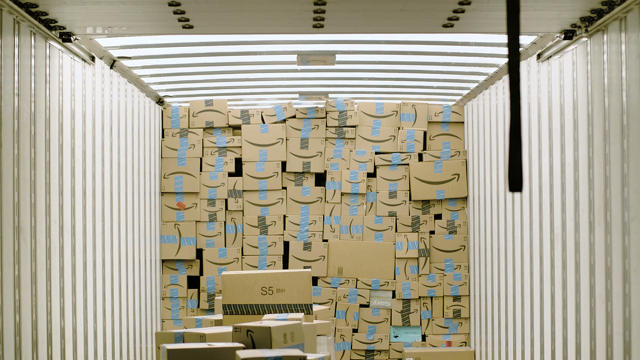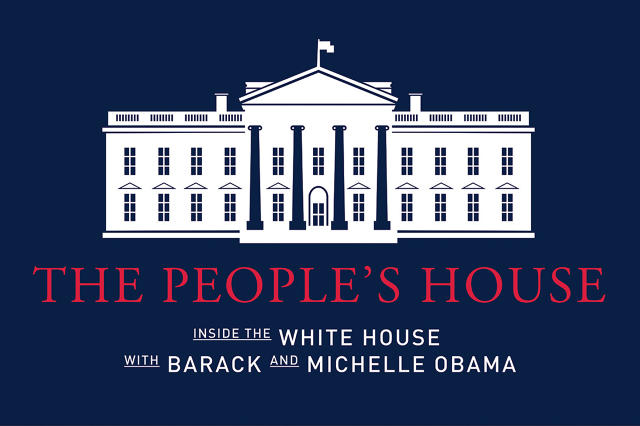His anti-regulation stance may help more businesses hire freelancers, but will his other polices hurt independent workers themselves?
When American freelancers were asked which presidential candidate they supported this summer, 45% sided with Clinton, while 33% preferred Trump, according to a survey commissioned by Upwork and the Freelancer Union.
Now that Trump is set to become the 45th president of the U.S. this month, some believe that his victory may ultimately prove beneficial to the country's 55 million freelance, contract, and contingent workers.
That's because the president-elect campaigned on a number of policies that, if followed through on, could mean more job opportunities for freelance and contract workers. "They [the Trump administration] care about lower taxes, simpler tax codes, and a stronger economy," says Matt Baker, the vice president of strategic planning for FreshBooks, an accounting software platform used by thousands of freelancers and independent workers. "If he and his administration can positively impact those three things, that's going to be good news for [freelancers]."
A recent survey of over 100 CFOs and another 100 line managers commissioned by Work Market—an online marketplace for businesses to manage independent workers—found that the most significant barrier to hiring more freelancers is regulation, something President-elect Trump has promised to reduce.
The survey found that 40% of respondents expressed a fear of violating the Fair Labor Standards Act, 39% cited fear of worker misclassification, and 28% were afraid of not abiding by the rules set out in the Affordable Care Act.
Part of the regulatory restrictions placed on freelance employers may be purely economical. In 2014 the Obama administration claimed that cracking down on worker misclassification could generate an additional $7 billion in federal taxes over the following decade.
As a result, the rules, regulations and classifications surrounding freelance and contingent workers may be acting as a barrier preventing more organizations from hiring freelance and contingent workers. While deregulation typically strips protections away from employees, many argue that freelancers currently have little to lose.
"Deregulation can mean less [worker] protection, no question," says Leif Abraham, the CEO of And Co, a New York-based startup that provides administrative services to freelancers. "But the question is, in a general sense, what protections actually exist for freelance talent in the U.S.? I would say currently it's already a pretty deregulated area. There aren't many protections for freelance talent."
No matter what the future holds for freelancers under president Trump, Abraham believes little will change in the first year of his administration, as freelance workers are fairly low on the priority list. Others believe they won't be addressed at all in the next four years.
"I think Trump's presidency will not have an effect on freelancers one way or another," suggests Alli Manning, the senior manager of Contently's creative network, which includes over 100,000 freelance professionals. "There's so little regulation now that I actually don't see it changing in any significant way for the individual freelancer themselves."
Instead, Manning believes that local and state governments will take the lead on regulating the freelance economy, as exemplified in New York City's passage of the "Freelance Isn't Free" Act, which made it the first American city to guarantee wage protection for freelancers.
Outside of New York City, however, a majority of laws pertaining to freelancers provide no protections to individual workers, but instead address employer compliance, which can potentially discourage employers from seeking freelance talent. At least that's how Jeff Wald, the president and co-founder of Work Market, understands the data, which he believes is hard to deny when you consider the various legal definitions of the word "employee" in the United States.
"Every state has its own definition, the Department of Labor has a definition, the IRS has a different definition, the Affordable Care Act sets out a different definition, the ERISA [Employee Retirement Income Security Act] guidelines set out a different definition," he says. "How, as a business leader, could you possibly hope to navigate that tangle of regulations as someone that's running a nation-wide company with a nation-wide workforce?"
The only thing preventing employers from hiring more freelance workers, according to Wald, is a clear and consistent set of rules. "The Republicans in Congress and the incoming administration are pro-business and anti-regulation," he says, suggesting that their reign could result in more freelance hiring.
One piece of federal legislation that has been largely positive for the freelance community is the Affordable Care Act, which allows them to access affordable health care coverage without a full-time employer. Trump campaigned on a promise to repeal the ACA, and its future remains uncertain.
The way in which Trump's administration approaches the Affordable Care Act could ultimately determine the size of the freelance workforce in the coming years, suggests Baker of FreshBooks. He explains that the primary concern for current freelancers, and the main barrier for would-be freelancers, is the lack of a safety net (no protections if they get sick, or sued, or want to someday retire).
"If it's repealed and there's no backstop or no message around how things are going to get easier, the perception will be that it's now harder to find health insurance, and fewer people will be confident enough to take the leap [into freelancing]," he says, adding that if the Affordable Care Act is amended in ways that makes it easier for independent workers to find affordable insurance there could be an influx of new freelancers during the Trump administration. However, the Trump administration has made no policy plans on other freelancer safety net issues.
Whether or not Trump's presidency does address the freelance community, many of its members are frustrated with the relative lack of acknowledgement and interest it receives from policymakers, especially when compared to the lip service paid to the small business community.
"These independent businesses are the new 'small business' backbone of the U.S. economy," argues Stephane Kasriel, the CEO of Upwork, a global freelancing platform. Kasriel adds that freelancers can be even more beneficial to the economy, because they are relatively mobile and can work in places where traditional jobs are scarce. "Any president should want to empower this country's workforce, and as independent work continues to increase, providing more opportunities for the businesses freelancers are creating is key," he adds.

















